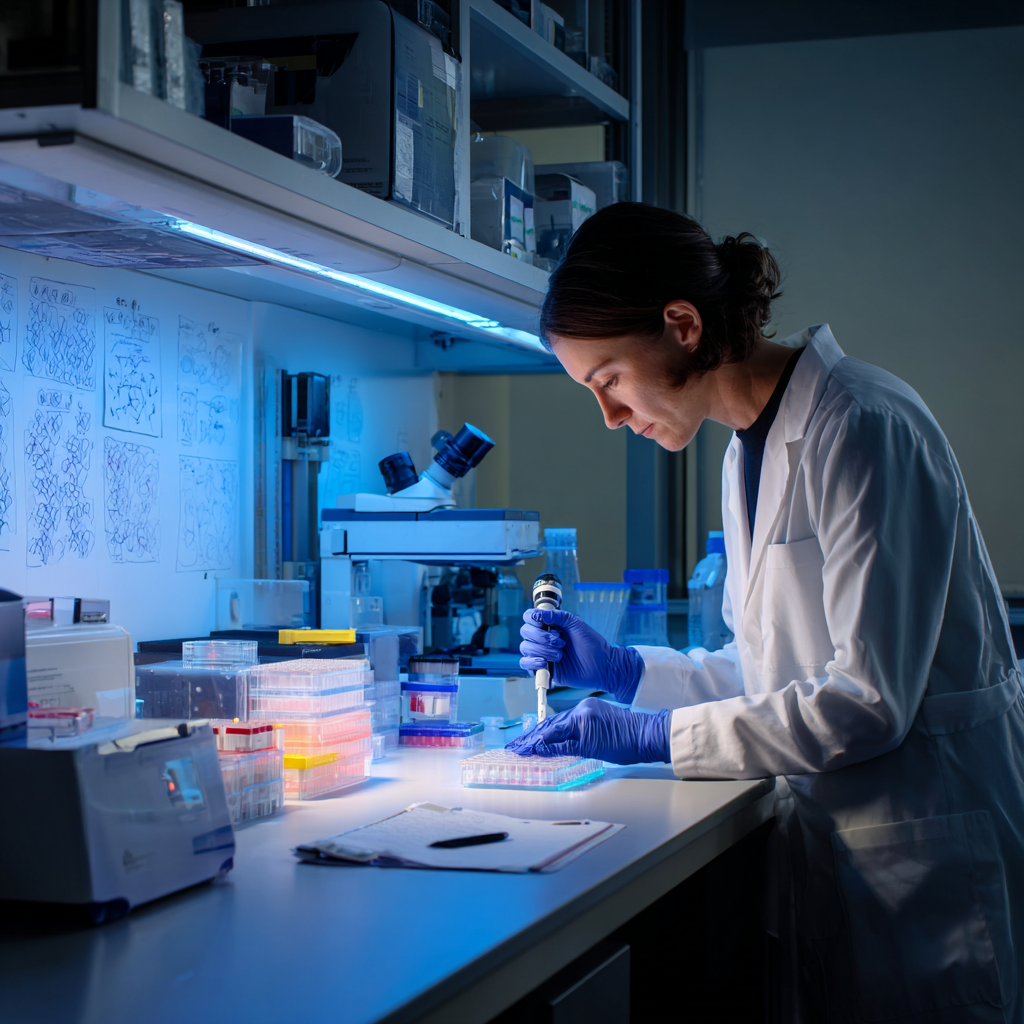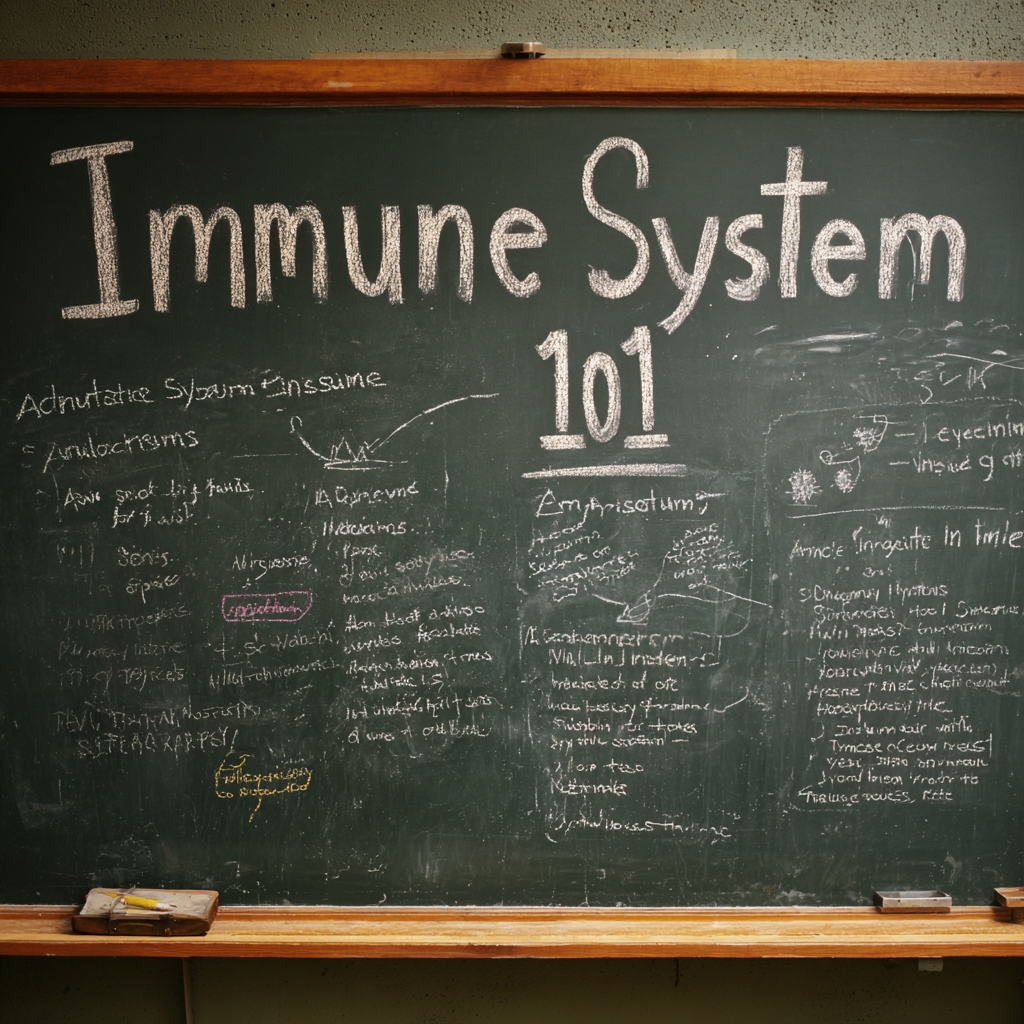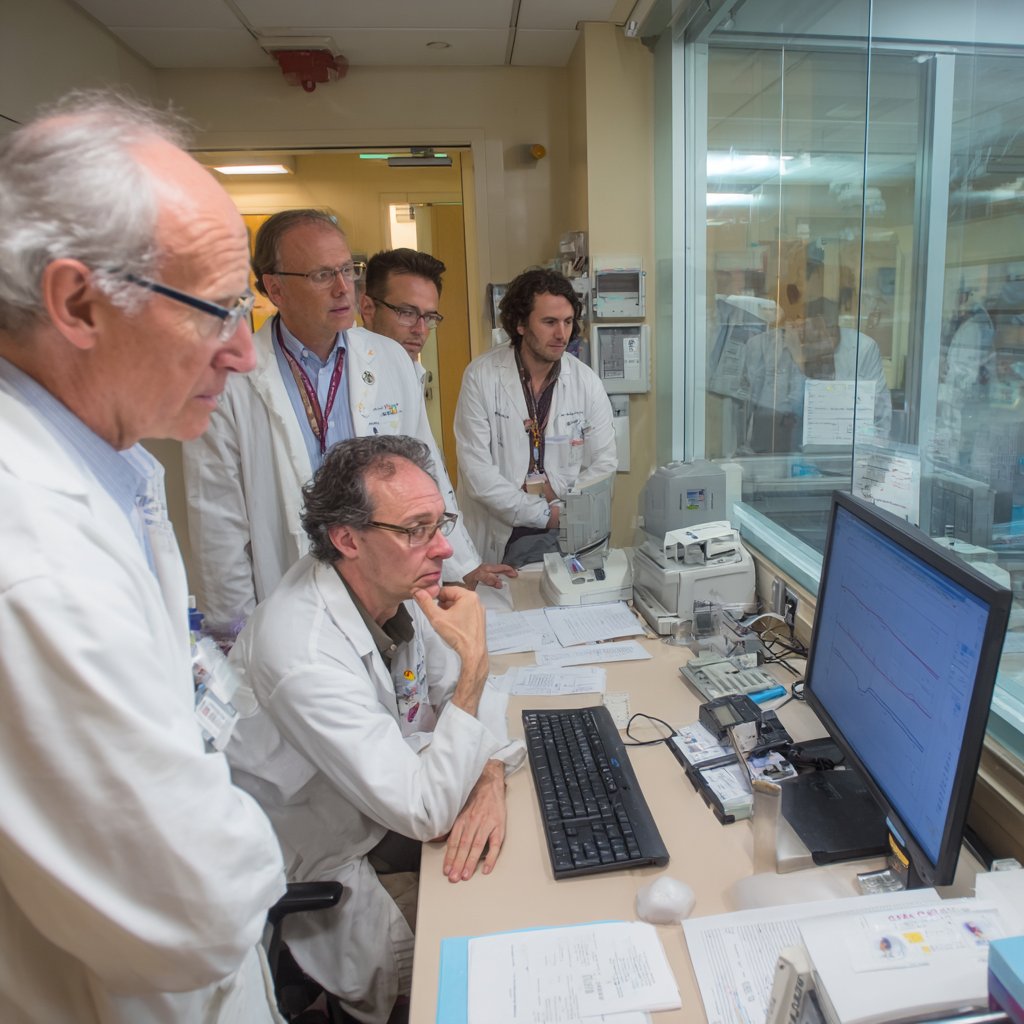New Hope for Type 1 Diabetes Cure: Transplanted Beta Cells Survive Without Immunosuppressive Drugs

Breakthrough in Type 1 Diabetes: Beta Cell Transplant Without Immunosuppression
A new study published in the August 2025 edition of the New England Journal of Medicine has created a buzz in the diabetes community—and for good reason. Titled “Survival of Transplanted Allogeneic Beta Cells with No Immunosuppression,” the research out of Sweden, led by Dr. Carlsson and Dr. Schrepfer, builds on decades of work in the quest to restore insulin independence without the burden of immunosuppressive therapy.
As someone who lives with type 1 diabetes and works in the medical field, I find this development incredibly hopeful. While it's not yet a cure, and further research is certainly needed, the implications are exciting. Let’s take a closer look at what the study found—and what it could mean for the future of diabetes care.
Background
To truly understand the significant of this study, let's take a look at the past. Type 1 diabetes is an autoimmune condition where the body's immune system attacks the insulin producing cells of the pancreas, beta cells. The cornerstone of treatment for the last 100 years has been administration of exogenous insulin either via multiple daily injections or through continuous infusion of insulin using an insulin pump. Intensive insulin therapy has subsequently led to delays in long term complication of diabetes such as neuropathy, nephropathy, and retinopathy improving life expectancy with individuals living with diabetes1.
In the world of transplant medicine, cyclosporin and other immunosuppressive drugs have lead to groundbreaking therapies; however, the toxicity of immunosuppression results in considerably morbidity and mortality for patients. Previous studies have shown that allogeneic beta cells can be transplanted into the pancreas; however, have required immunosuppressive drugs such that an individual's body will not attack the transplanted beta cells.
Advances in gene editing, once thought simple theory, has progressed at an alarming rates and now gives hope for a possible cure for type 1 diabetes. Hu et. al. has shown that transplanted islet cells harvested from a deceased rhesus monkey and edited to be hypo-immune has cured diabetes in diabetic humanized mice and monkeys respectively without the need for immunosuppressive drugs2. This proof-of-concept study has shown that hypo-immune cells can also survive in a human without the need for immunosuppressive therapy.
Immunology 101

How our immune system functions is quite complex, but I will try to simplify things so that you can fully understand the significance of this study. Our immune system can be broken down into innate and adaptive immunity.
Innate Immune System
- Response time:
- Works rapidly, but is nonspecific.
- Key cells involved:
- Neutrophils, natural killer cells, dendritic cells, and mast cells
Adaptive Immune System
- Response time:
- Slower to respond, typically on the order of days.
- Key cells involved:
- B cells and T cells (lymphocytes)
Together the innate and adaptive immune systems work together to fight off infection. Proteins called human leukocyte antigens (HLAs) are found on the surface of most cells in the body. These proteins help distinguish "self" (body's own cells) from "foreign" (invading cells such as bacteria/viruses). While our immune system is much more complicated, this basic knowledge of the immune system should suffice for understanding the journal article we are discussing.
In type 1 diabetes, our immune system fails to recognize the insulin producing beta cells as "self" resulting in their destruction by our immune system. Immunosuppressive drugs can keep our immune system at bay; however, come at a cost. The author's of this study used gene editing to inactivate the HLA-1 and HLA-2 proteins on donor islet cells. This means that the adaptive immune system can now be evaded, but the innate immune system will still target the donor islet cells as they cannot be recognized as "self" via a mechanism known as missing-self recognition. Stay with me here because this is where things get really impressive!
Another protein on your cells known as CD47 inhibits the innate immune system via inhibition of macrophages and natural killer cells. To increase CD47 protein levels, the authors used something called a lentivirus vector containing CD47 complementary DNA; thus, resulting in inhibition of the innate immune system. I realize I may have lost some folks at the whole lentivirus vector thing so lets back up a little. A lentivirus vector is a gene therapy tool that allows scientist to introduce a desired gene/strand of DNA into a cell's DNA allowing for that gene to be expressed. I will say it is much more complicated than this, but think of it as a way of getting a desired piece of DNA/genes that are not in a cell into it.
The final result after all the fancy immunology techniques were islet cells with the following characteristics: 85.8% were negative for HLA class 1, 100% were negative for HLA class II, and 46.6% had high CD47 expression.
Did it work?

The answer is YES! The genetically modified islet cells not only evaded the immune system without the need for immunosuppression drugs, but also showed stable beta cell function/insulin levels over 12 weeks. If you are interested in how this happened keep reading below and I apologize for the medical jargon. If not, skip to the next section titled "Looking towards the Future".
The authors carefully designed the proof-of-concept study to include both wild type (normal donor islet cells), double-knock out cells (full HLA depletion with physiologic levels of CD47 expression), and hypo-immune platform islet cells (full HLA depletion and high CD47 expression) aka the cells of interest.
A small incision was made and these cells were injected into the brachioradialis muscle. The patient did not receive steroids, non-steroidal anti-inflammatories, or immunosuppressive agents. The patient was monitored overnight and then discharged home the following day.
The patient's immune response to each of the subpopulation of islet cells mentioned previously was then recorded. As anticipated, the wild type islet cells induced a strong adaptive immune response with a strong T-cell activation/killing response. Additionally the wild-type cells produced an immediate IgM response followed by an IgG response approximately 14 days after implantation. The wild type cells were spared by the innate immune response. The double knock-out cells in the graft induced a strong innate immune response and were killed by macrophages/natural killer cells. The hypo-immune platform cells remarkably were unaffected by the immune response going on around them. They were not killed by the participant's innate immune response, did not induce antibodies (IgM and IgG) and survived when incubated with the individuals peripheral-blood mononuclear cells to simulate the bodies comprehensive immune response. In fact there was no immune response observed for the hypo-immune cells for the entire 12 week period.
To assess if the hypo-immune platform cells were functioning the authors measured C-peptide levels which were stable from 7 days after transplantation to the end of the 12 week monitoring period. Magnetic resonance imaging at 4 and 8 weeks confirmed persistence of the islet allograft and positron-emission tomography and MRI (PET-MRI) using glucagon-like peptide 1 receptor (GLP-1R), a PET tracer used to detect functional pancreatic islet grafts, showed high levels of GLP-1R in the brachioradialis muscle.
This is all well and good, but what about the bad news right? Well there were only 4 adverse events recorded which included: mild thrombophlebitis at site of peripheral IV catheter and paresthesia in the left lower arm.
Looking Towards the Future

As someone living with type 1 diabetes, it's hard not to feel a surge of hope when reading about research like this. If you told most of us that the trade-off for a functional cure might be some mild arm tingling or a temporary IV complication, I think we’d gladly take it.
But it's important to stay grounded. This is a proof-of-concept—an exciting one, but just the beginning.
Several key questions still need to be answered:
- How long will these hypo-immune islet cells remain functional in humans?
- What’s the optimal dose?
- Will patients need repeat treatments?
- Can larger or more frequent doses still avoid immune detection?
Previous animal studies have shown stable results for up to six months, but we’ll need longer-term human data to confirm durability and safety.
That said, this is the most promising step toward a true beta cell replacement therapy without immunosuppressive drugs we've seen. For the first time in a long time, the word “cure” doesn’t feel like a distant dream—it feels like a real possibility on the horizon.
~ Harness the power of your journey, and never stop pushing boundaries. ~
Dr. Richard Edgar
***Disclaimer: Always consult with your healthcare provider before making any changes to your treatment or management plan.
References
- The Diabetes Control and Complications Trial Research Group. The effect of intensive treatment of diabetes on the development and progression of long-term complications in insulin -dependent diabetes mellitus. N Engl J Med 1993;329: 977-86.
- Hu X, Gattis C, Olyroyd AG, et al. Human hypoimmune primary pancreatic islets avoid rejection and autoimmunity and alleviate diabetes in allogeneic humanized mice. Sci Transl Med 2023;15(691):eadg5794
